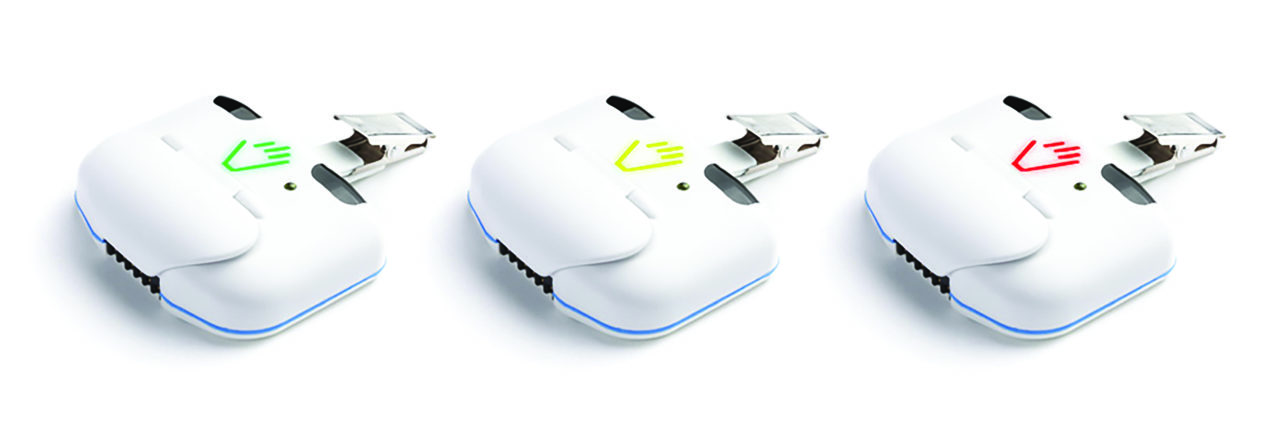Staff absences are a problem for any employer, but are particularly challenging in hospitals and other healthcare settings. Unplanned staff absences can leave supervisors struggling to fill shifts and overwork employees who have to cover for their peers. These drops in productivity or gaps in care can put patients at risk.
To combat employee absenteeism and its effects, hospitals need to understand its causes and be proactive about implementing procedures that address them. This includes infection prevention protocols like hand washing that are critical to keeping healthcare staff healthy and able to work.
For example, protocols that encourage best practices, like an automated hand hygiene compliance system, have been associated with decreased employee absenteeism in emergency room nurses and technicians.
In this blog, we break down some of the basics of employee absenteeism — including causes and prevention — and explain how a hand hygiene system like BioVigil can help reduce absenteeism in hospital settings.
What is employee absenteeism?
According to the U.S. Bureau of Labor Statistics, “Absences are defined as instances when persons who usually work 35 or more hours per week (full time) worked less than 35 hours…for one of the following reasons: own illness, injury, or medical problems; child care problems; other family or personal obligations; civic or military duty; and maternity or paternity leave. Excluded are situations in which work was missed due to vacation or personal days, holiday, labor dispute, and other reasons.”
Employee absenteeism statistics
According to the U.S. Bureau of Labor Statistics:
- The annual average absence rate for total employed is 3.2
- The annual average absence rate for healthcare practitioners and technical occupations is 3.6
- The annual average absence rate for healthcare support occupations is 5.0
What causes employee absenteeism?
Common causes of employee absenteeism include:
- Illness or injury
- Depression
- Stress
- Burnout and/or low employee morale
- Problems commuting or finding childcare
Many of these issues are created or made worse in a poor work environment. Employee conflicts, poor management, and a lack of appreciation can all contribute to high employee absenteeism.
Illness may also be more common in healthcare settings where staff are interacting with sick patients, which presents an additional challenge to employers in this industry.
How to reduce employee absenteeism in healthcare
Hospitals and other healthcare settings can reduce employee absenteeism by:
- Creating and enforcing a clear attendance policy. A good attendance policy will discourage unplanned absences by setting clear expectations and spelling out consequences for missing too much work.
- Building a healthy work environment. Employees with manageable workloads who feel supported in their roles by strong leadership are less likely to burn out.
- Offer paid leave. Paid vacation days and sick leave can help prevent burnout and encourage staff to stay home when they’re sick so they don’t come into work and get other employees sick, too. Scheduled leave also gives supervisors more time to fill gaps in the schedule so they aren’t left short-staffed.
- Establish and follow infection prevention protocols. Infection prevention is critical to keeping hospital staff and patients healthy and cutting down on employee absences.
How BioVigil can reduce staff absenteeism in hospital settings
An automated hand hygiene compliance system like BioVigil has been associated with decreased employee absenteeism in healthcare settings.
For example, BioVigil was used in the ER at Lutheran Medical Center, a 249-bed, acute care, community hospital in Wheat Ridge, Colorado. During the intervention period, the average monthly hand hygiene compliance rate was 94% and the mean number of monthly sick call hours was reduced by 4.6 hours per month after implementation.
BioVigil works by using a wearable badge that detects whether an employee has performed hand hygiene after entering and leaving a patient care area. The system uses a gentle reminder sequence with a green, yellow, and red light to encourage hand hygiene compliance.
The data from these badges is collected and tracked so that hospital leadership can monitor hand hygiene compliance and make more informed decisions to prevent the spread of infection. Because the badge tracks who went into a patient’s room, how long they were there, and who they interacted with, this data can even be used to contract trace in the event of an outbreak.

